Parents, let’s talk toys. You know, those magical objects that scatter across our floors like confetti and somehow manage to migrate into every nook and cranny of our homes? Yes, those. Today, we’re diving into the epic showdown between wooden toys and plastic toys. Which is better for your little ones? Which do they prefer? Let’s break it down, one splinter and piece of molded plastic at a time!
1. The Tale of Two Materials
Wooden Toys: These are the OGs of the toy world. Long before Buzz Lightyear came to rescue Woody, children were building their first towers with simple wooden blocks. Made from natural materials like maple, beech, or pine, wooden toys bring a touch of the outdoors right into your living room. They’re like the artisanal coffee of the toy world—sustainably sourced, eco-friendly, and with a quality you can feel with every play session.
Plastic Toys: These are the flashy newcomers on the block. Born out of the need for mass production and the desire for bright colors and shiny surfaces, plastic toys are everywhere. Made from various plastics like PVC, polyethylene, and polypropylene, these toys are often more affordable and come in an array of shapes and sizes that wooden toys can only dream of.
2. Aesthetic Appeal
Wooden Toys: There’s something inherently charming about wooden toys. They have a natural, earthy look that fits perfectly in any home decor, from modern minimalistic to cozy farmhouse. The colors are often subtle, painted with non-toxic paints, or left natural to let the beauty of the wood grain shine through. Wooden toys tend to have a timeless appeal—they’re the Audrey Hepburn of toys, elegant and never out of style.
Plastic Toys: If wooden toys are Audrey Hepburn, plastic toys are Lady Gaga—bold, colorful, and impossible to ignore. These toys are often bright, with every color of the rainbow represented in neon glory. While they may not have the same classic appeal as wooden toys, they certainly capture the attention of children with their eye-popping colors and shiny surfaces.
3. Durability and Safety
Wooden Toys: Let’s face it; kids can be rough on toys. But wooden toys are like the Chuck Norris of the toy world—they can take a beating and still come out looking great. These toys are typically sturdy and built to last, making them a great option for hand-me-downs or keepsakes. Plus, they’re often free from small parts that could pose a choking hazard.
Plastic Toys: Plastic toys are the sprinters, not the marathon runners. They’re built for fun, but not necessarily longevity. These toys can crack, break, or lose parts over time, especially if they’re on the cheaper side. On the safety front, plastic toys are sometimes criticized for containing harmful chemicals, though most reputable brands ensure their toys meet safety standards.
4. Sensory Experience
Wooden Toys: There’s something satisfying about the weight and texture of wooden toys. They feel solid and warm to the touch, providing a sensory experience that plastic toys can’t replicate. When a child plays with wooden blocks or puzzles, they’re not just having fun; they’re engaging multiple senses, which can be beneficial for development.
Plastic Toys: While plastic toys may not offer the same tactile experience as wooden toys, they make up for it in sound and visual stimulation. Many plastic toys light up, make noise, or have moving parts, which can captivate a child’s attention and stimulate their imagination. However, parents might find themselves needing a break from the repetitive sounds of electronic plastic toys.
5. Educational Value
Wooden Toys: Wooden toys are often praised for their educational value. Without the distractions of flashing lights or loud noises, children are encouraged to use their imagination and creativity. Building blocks, wooden puzzles, and shape sorters help develop fine motor skills, problem-solving abilities, and spatial awareness.
Plastic Toys: Plastic toys offer a different kind of educational value. Many are designed to teach specific skills, such as numbers, letters, or colors. Electronic plastic toys can provide interactive learning experiences, with some even incorporating technology like touchscreens or voice recognition.
6. Environmental Impact
Wooden Toys: When it comes to environmental impact, wooden toys take the lead. They’re made from a renewable resource, and many are crafted using sustainable practices. Plus, when their time is up, wooden toys can be recycled or biodegraded, reducing their impact on the planet.
Plastic Toys: Plastic toys have a bigger carbon footprint, from production to disposal. Many plastic toys end up in landfills, where they can take hundreds of years to decompose. However, some companies are now making efforts to create recyclable or biodegradable plastic toys, which is a step in the right direction.
7. Which Do Kids Prefer?
Here’s the million-dollar question: which type of toy do kids prefer? The answer, unsurprisingly, is both! Kids are drawn to the simplicity and natural feel of wooden toys, but they’re also captivated by the bright colors and interactive features of plastic toys. It really comes down to the individual child’s personality and preferences.
8. The Verdict
In the great wooden vs. plastic toy debate, there’s no clear winner. Both types of toys have their own unique advantages and disadvantages. As parents, the best approach is to provide a mix of both, allowing your child to enjoy the benefits of each. Whether it’s the warm, earthy feel of a wooden toy or the vibrant, exciting world of plastic toys, the most important thing is that your child is playing, learning, and having fun.
9. Final Thoughts
At the end of the day, toys are all about making memories and fostering a love of play in our children. So go ahead, sprinkle your home with both wooden and plastic toys, and watch as your child explores the world, one toy at a time. After all, the best toy is the one that makes your child’s eyes light up and their imagination run wild!


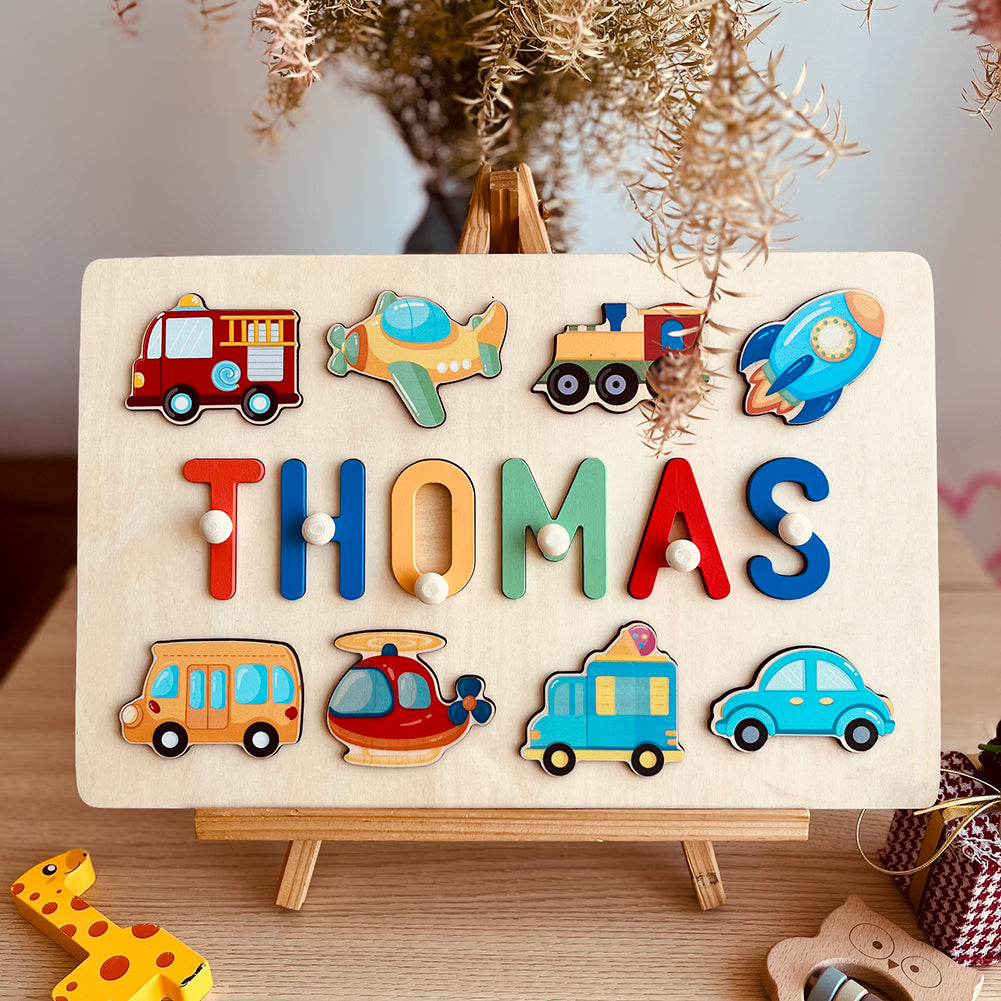
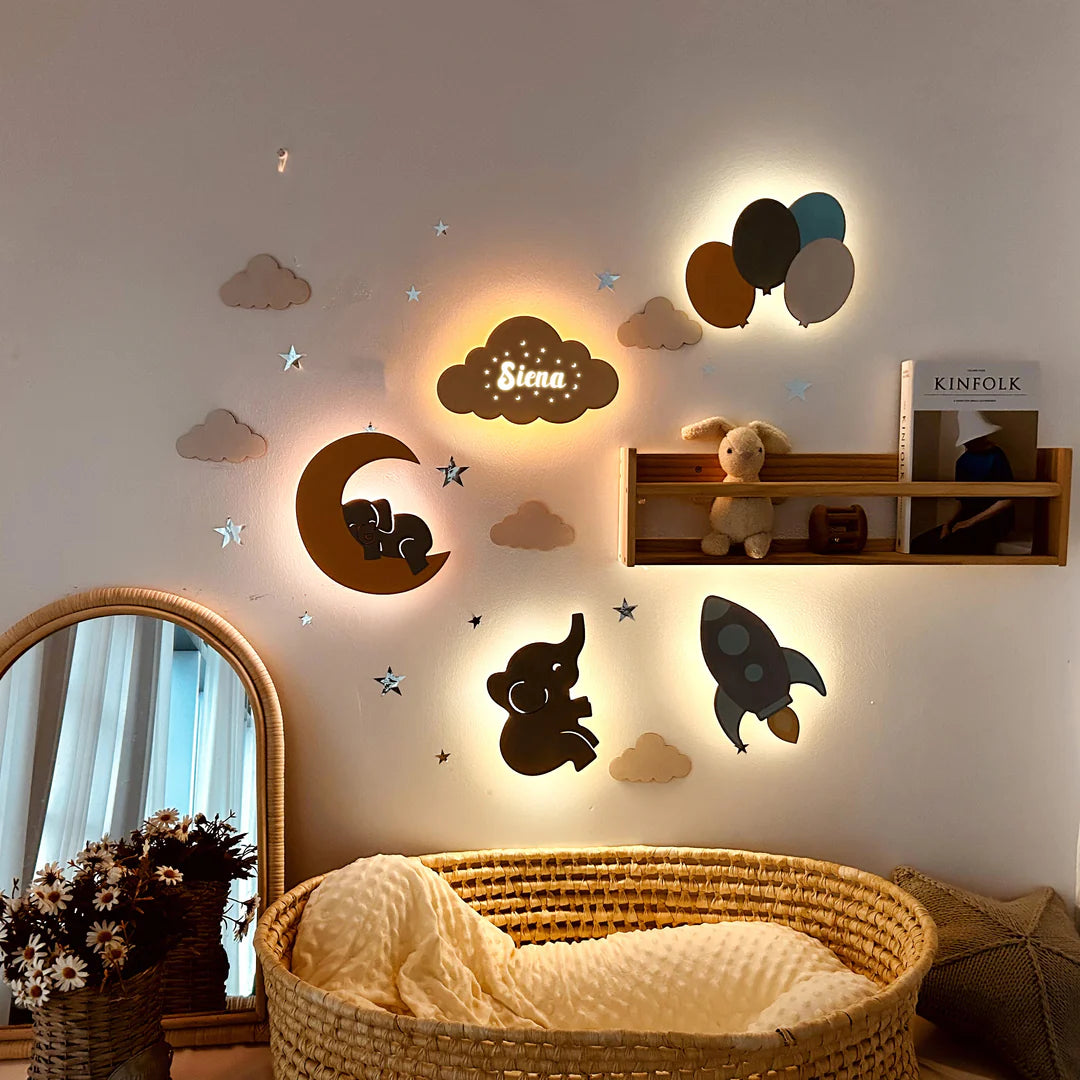
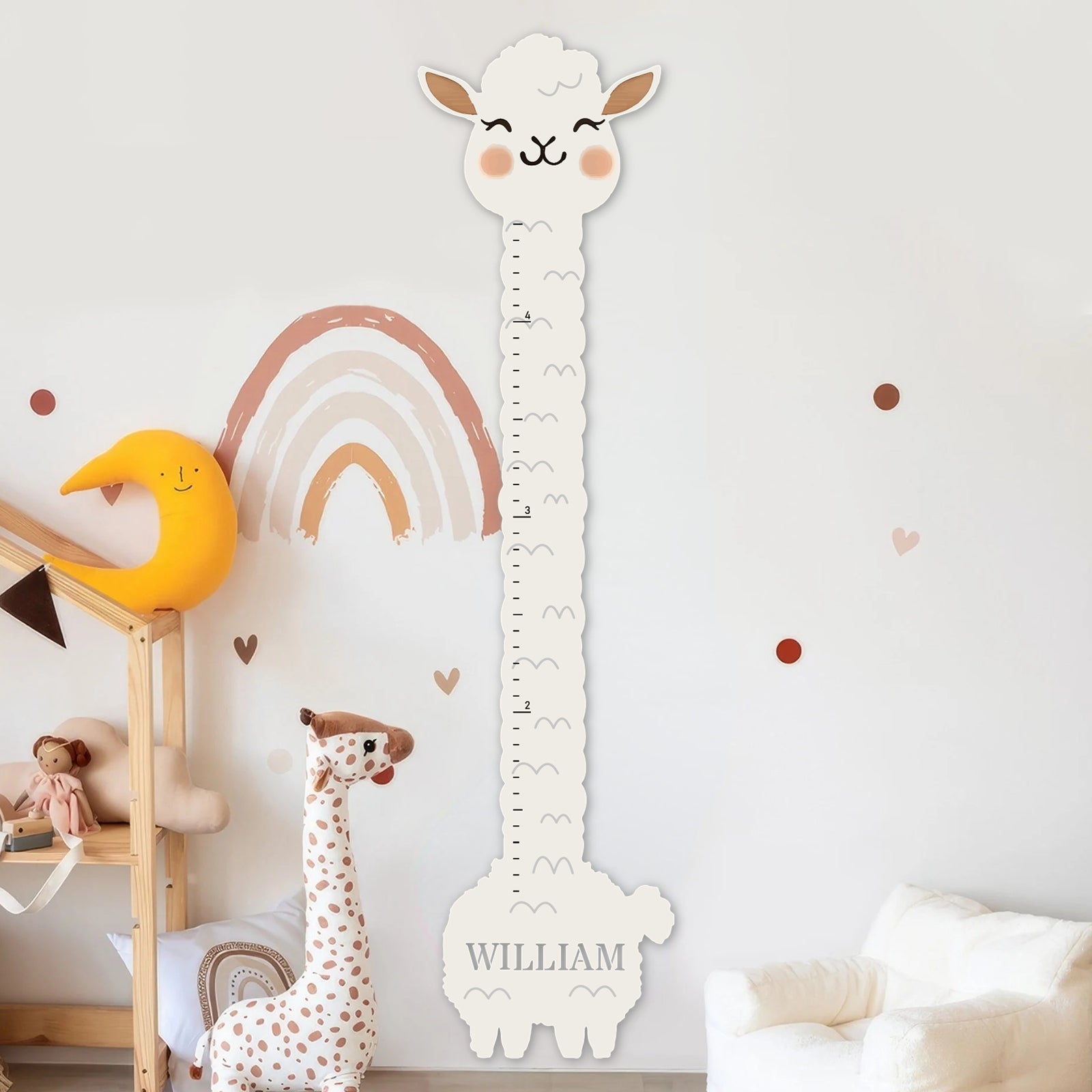

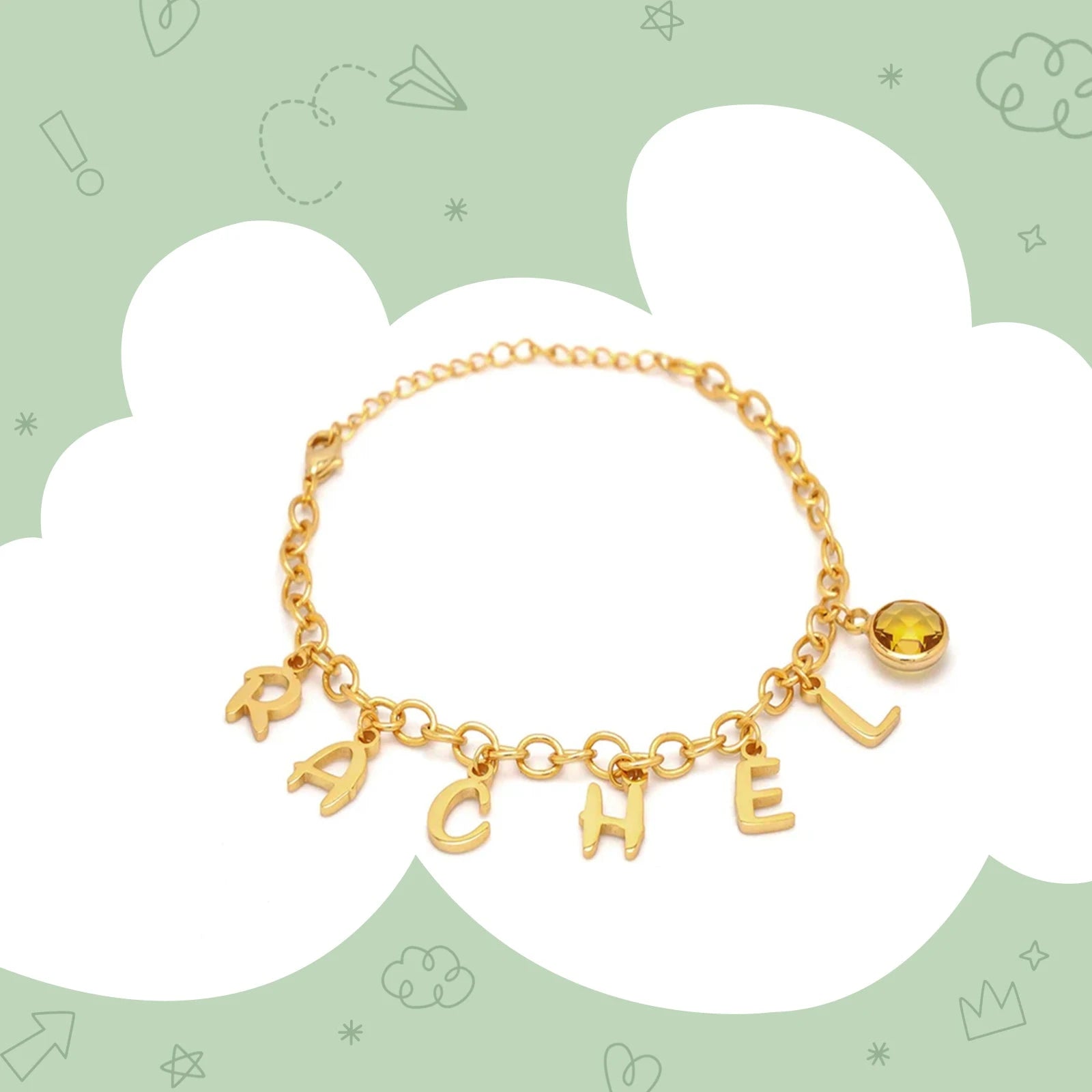
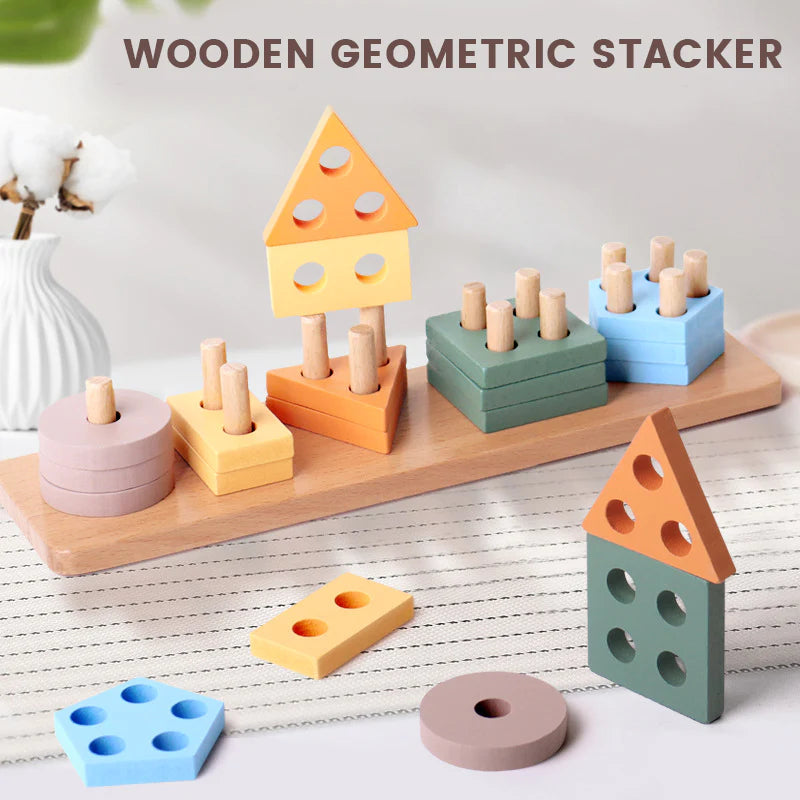



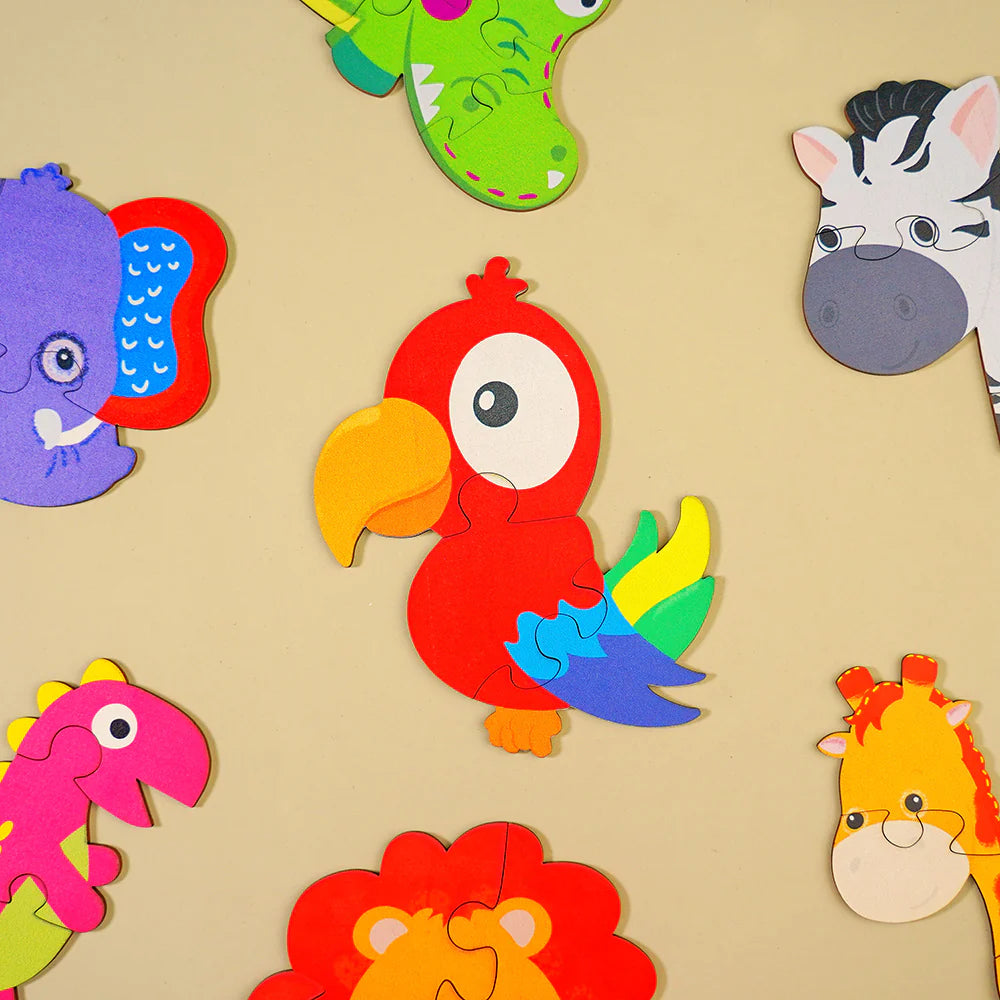


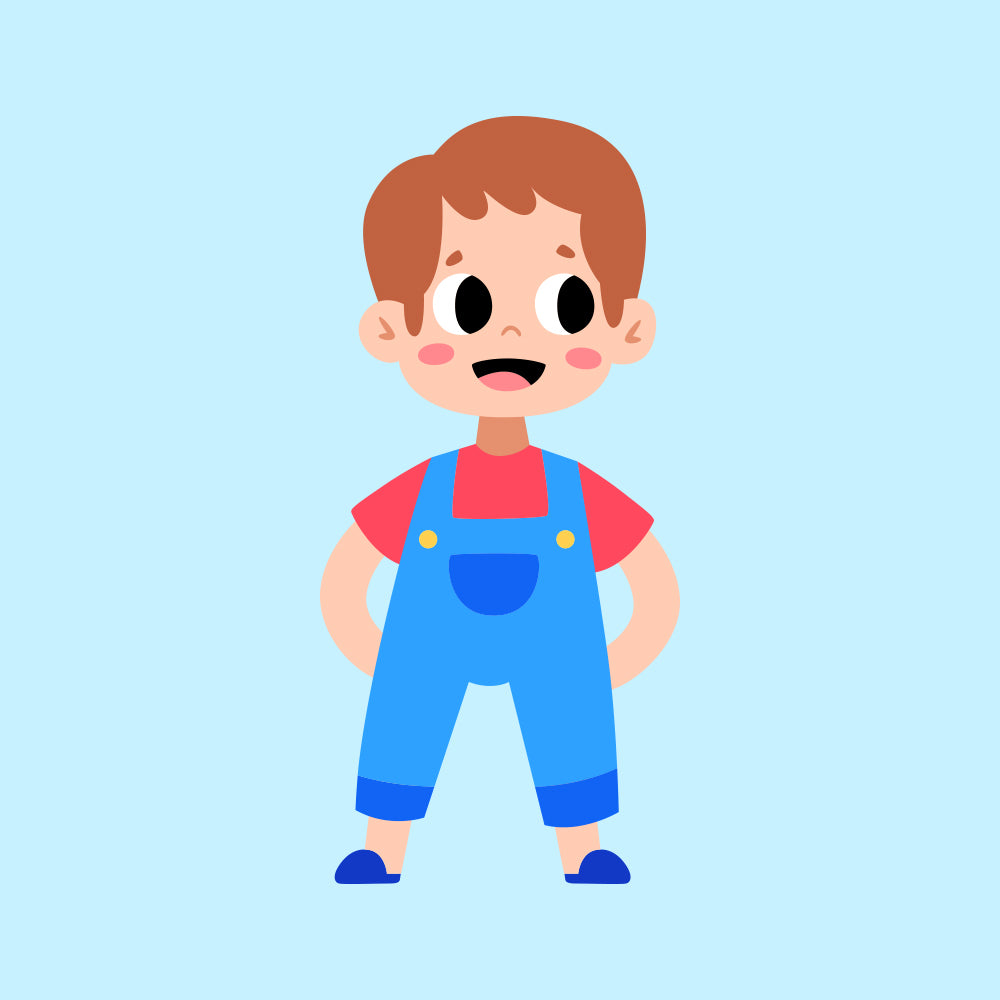



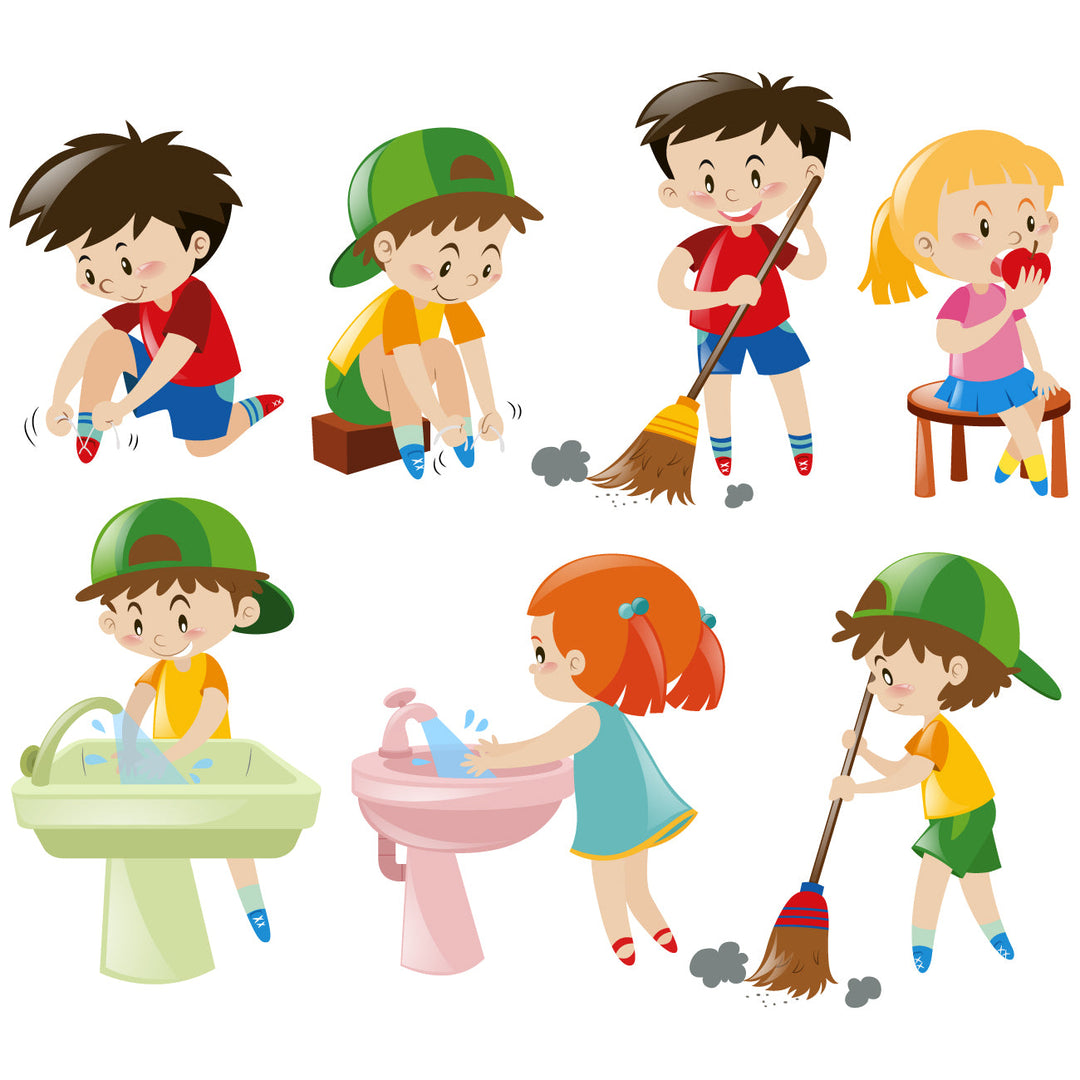



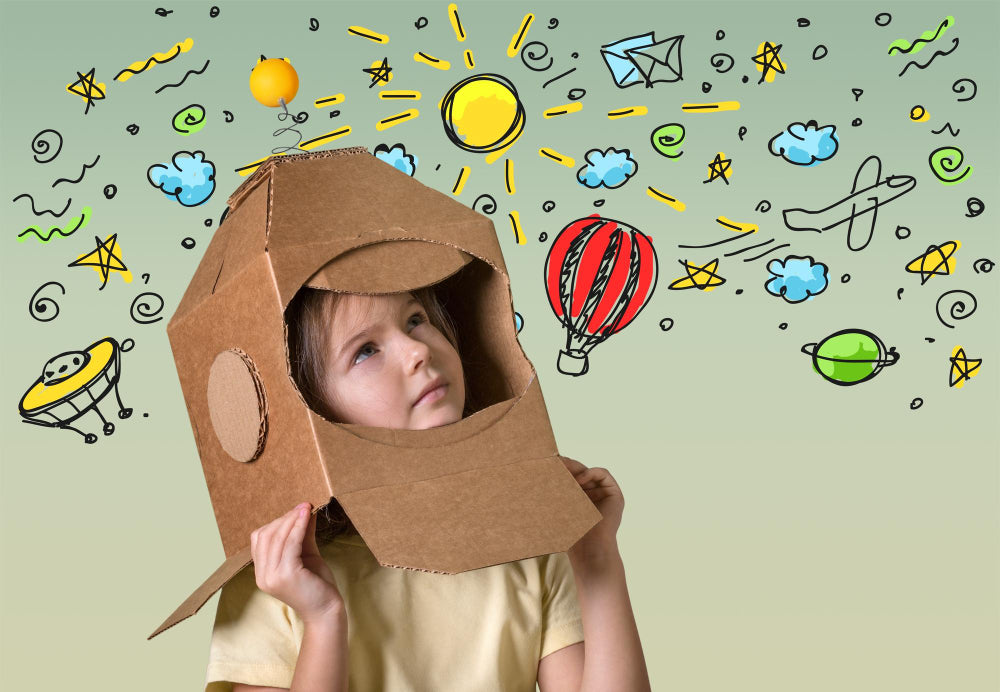
Leave a comment